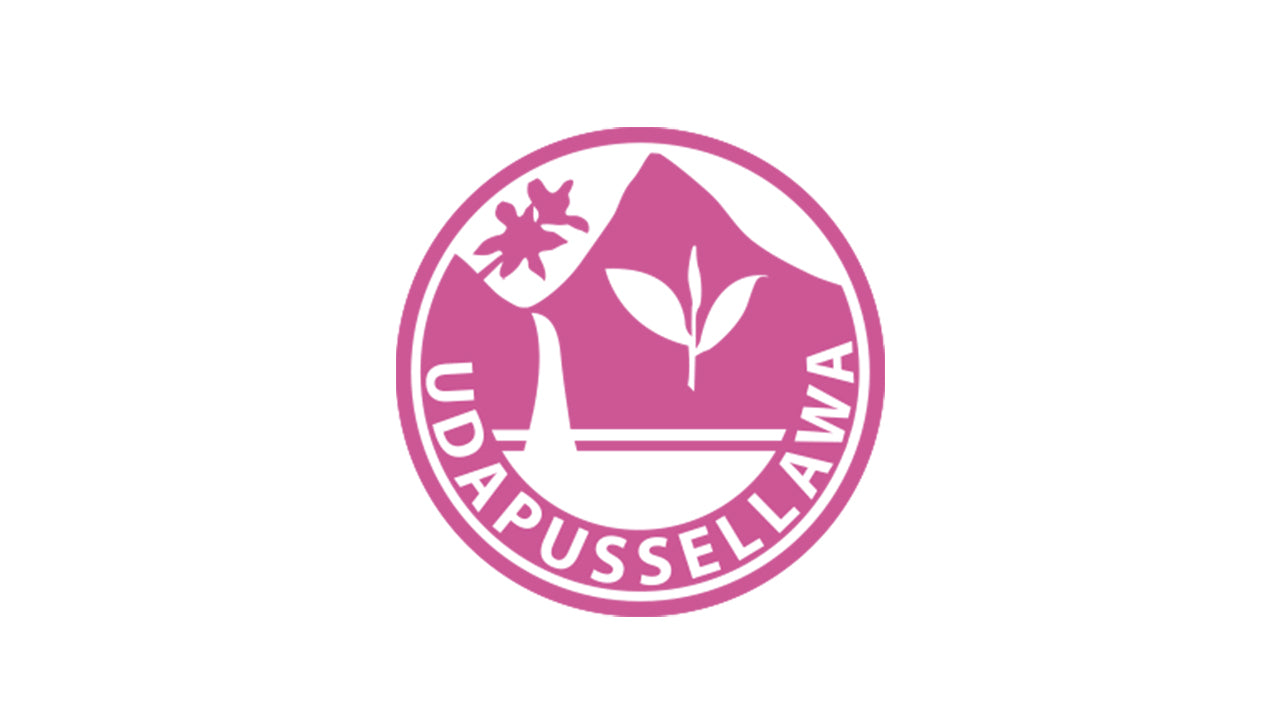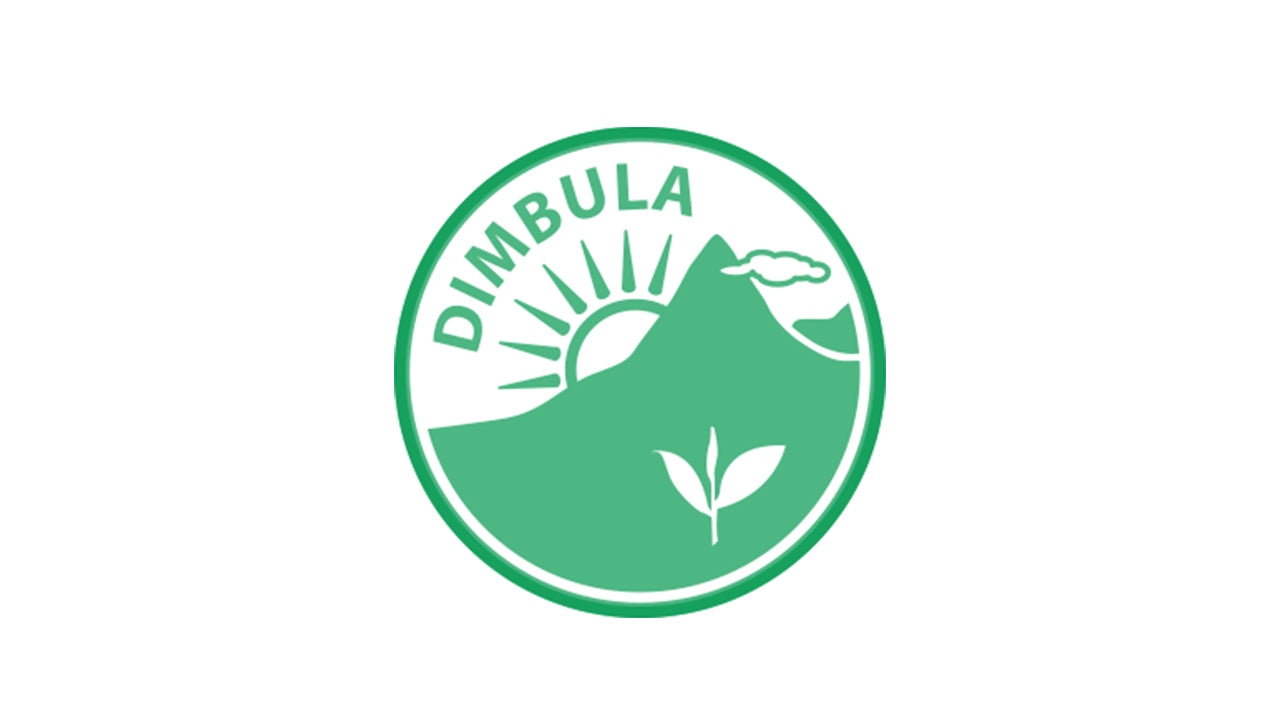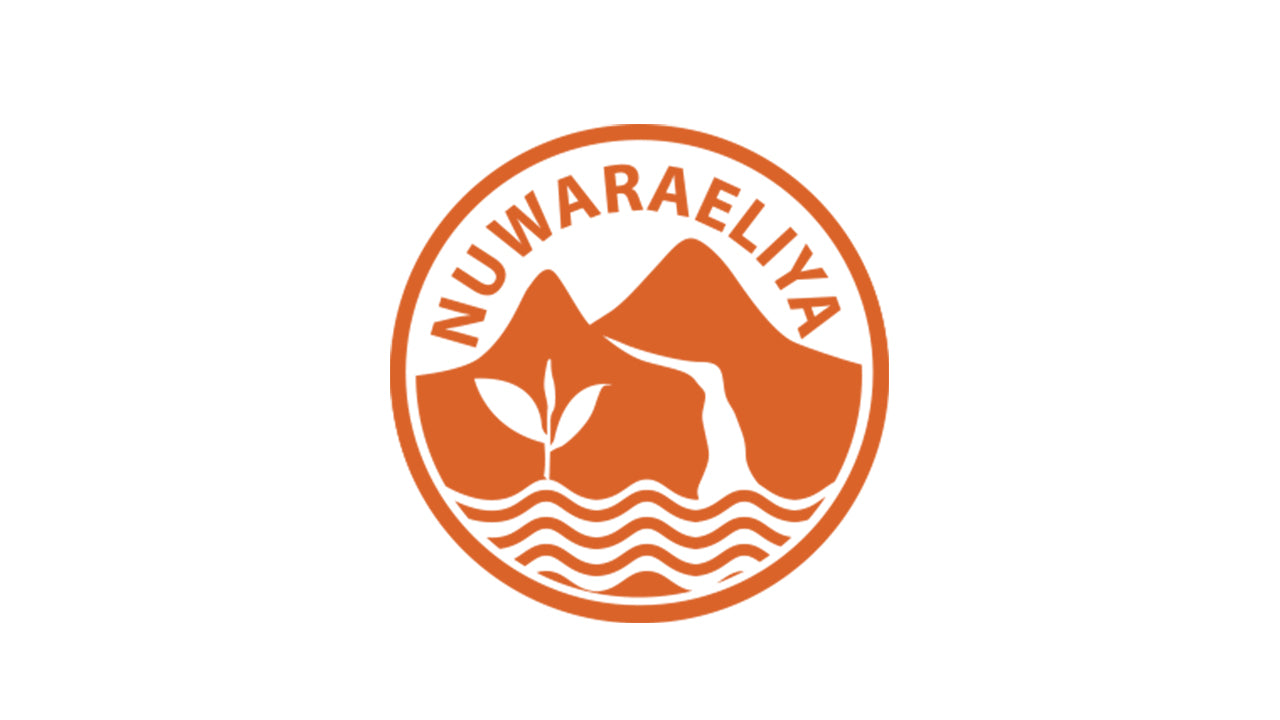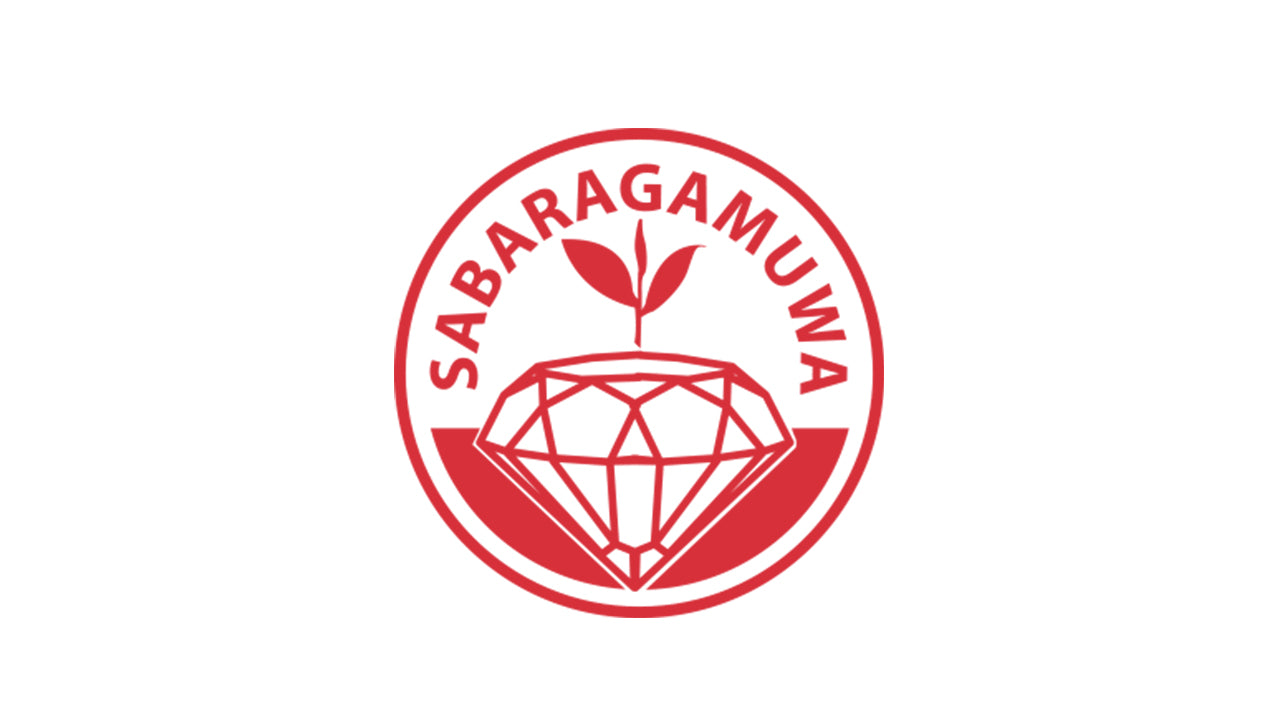
Tseiloni tee piirkonnad
Brewoma tassi on lugu rääkida. See räägib jooksvatest mägedest, rohkest päikesepaistetest ja lopsakatest provintsidest.
SriLankal toodavad kesk- ja lõunapoolsed provintsid suurema osa oma teest. Erinevad tõusud ja mikrokliimad mõjutavad Tseiloni tee eristavat maitset, värvi, aroomi ja hooajalisust.
Madalriik (kuni 2000ft üle merepinna)
Ruhunaja Sabaragamuwa piirkonnad on tuntud oma pika lehetee poolest. Kui sellest piirkonnast pärit teed valmistatakse, saad Burgundia tooniga kuppa ning karamelli- ja linnaseljamaitsega. See must tee on populaarne Lähis-Idas, SRÜ riikides ja Suurbritannias.
Keskmineriik (2,000ft ~ 4,000ft üle merepinna)
Kandyudustest küngastest pärineva tee on tuntud oma täidlase maitse ja vasktooniga. See on lemmik seas aussies ja ameeriklased.
Kõrgeriik (üle 4,000ft merepinnast)
Idamägismaa Uva, tähistatakse kogu maailmas oma intensiivne terav ja värskendav aroom.) Uva ainulaadsed on mikrokliimatingimused, mis võimaldavad kinnisvaraomanikel katsetada uut tüüpi tee kasvatamist.
SriLankal on veel kolm kõrgmäestiku provintsi nimega Nuwara Eliya, Dimbula ja Uda Pussellawa. Kui sulle meeldivad aromaatsed teed, millel on muhe iseloom, siis armastad teed siit.
-
 Uda Pussellawa Tea
Uda Pussellawa TeaThis region is twice blessed. It’s blessed during the months of June and September when the southwest monsoon arrives; a cold and dry spell to spur the tea bush to sprout the leaves that will produce a medium-bodied rosy tea graced with subtle character. Then it’s blessed again between November and January when the northeast monsoon’s yearly visitation brings rain in its wake and makes the tea darker in colour and stronger in flavour, adding more tang.
-
 Dimbula Tea
Dimbula TeaIt is cool and dry between December and March and then the heavens open up to send in the rains between May and September. Two different climates within each year dictate Dimbula’s tea produce; a host of natural flavours with a hint of jasmine spiced with cypress. The tea when brewed displays a hue of a reddish, golden orange. And when tasted, it’s surprising to find a taste refreshingly mellow. Defined as ‘high grown’ tea, it is probably, the most famous Ceylon Tea of all.
-
 Uva Tea
Uva TeaIt’s the climate that makes Uva tea highly prized. The mountainous terrain is exposed to both monsoon seasons; the annual northeast and the southwest monsoons.
But when the winds reach these climes and howl around its high towers, they blow bereft of moisture – a spent force which had discharged its water content in the hills below.
The dryness gives Uva tea a special concentrated aroma and a distinct exotic flavour.
-
 Nuwara Eliya Tea
Nuwara Eliya TeaFrom the mist wrapped mountains of Nuwara Eliya that rise from the centre of the island to soar over 6000 feet above sea level, where the morning air is cool and bracing and the nights cold and touched with frost, come the lightest and the most refined. Nuwara Eliya is the champagne province of the country’s tea lands with best imbibed light.
-
 Sabaragamuwa Tea
Sabaragamuwa TeaIt’s not only in the mountains that Ceylon Tea brews best. The region of Sabaragamuwa, geographically placed at a lower elevation, musters a tea that is second to none. The climate which is hot and humid in the open air and moist and cool where the surrounding foliage is dense, serve to produce a dry tea leaf of a dark reddish black hue.
-
 Ruhuna Tea
Ruhuna TeaRained on by the southwest monsoon, warmed by the tropic sun, the island’s low lying area’s tea have continuously showed their colours by producing leaves with a distinct blackness which imparts a strong and rich taste to rival the best the rest of Lanka can offer. From the south comes a tea full-bodied in its timbre with its flavour vibrant and strong.
-
 Kandy Tea
Kandy TeaThis mid country tea grown at 2,000 to 4,000 feet above sea level produces robust, full-bodied teas. Ideal for those who love their tea strong, bursting with flavour: the perfect wake-up tea for winter mornings, or when the heart needs a perky sprint.







